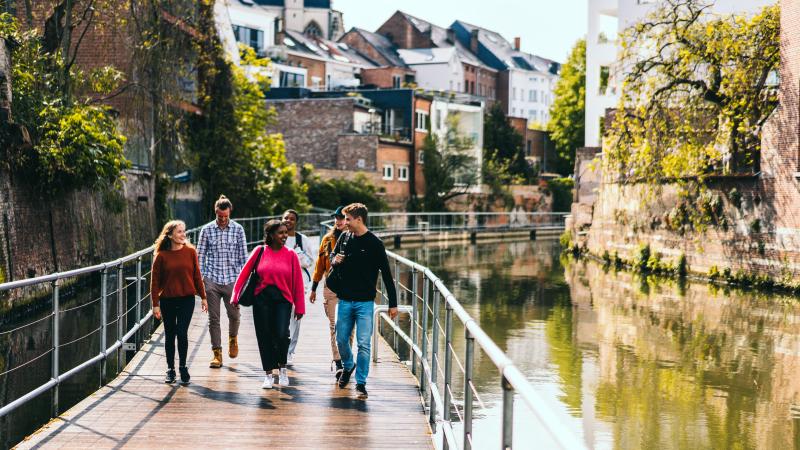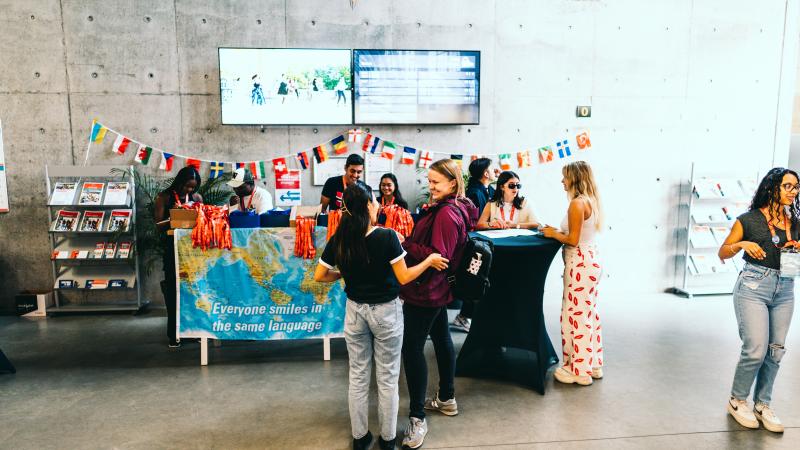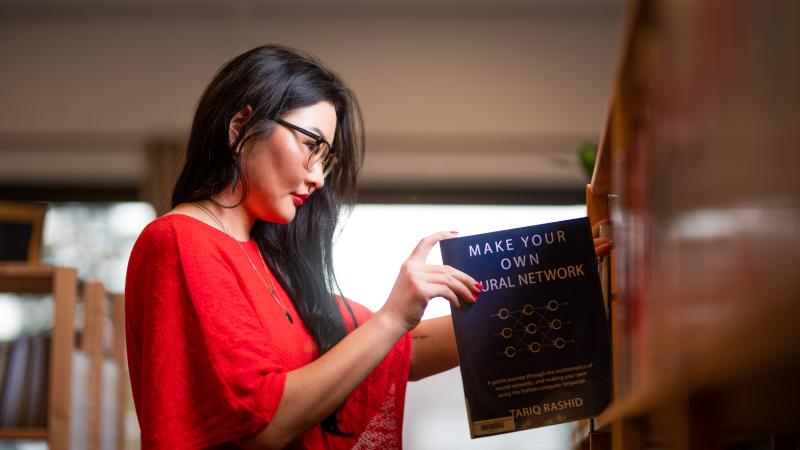Canvas is our digital learning environment for lessons, tests, exams, … Each professor has a corresponding Canvas course for his/her subject. In this course on Canvas learning material such as slides, extra exercises, info about the exam, … will be posted. Check it regularly!
How to log in into Canvas?
You can access Canvas via this webpage. Log in with your Thomas More email address (ex. r0123456@student.thomasmore.be) and your personal password.
As from when do I have access to Canvas?
After activating your account, it may take one to two days before your data is uploaded into the Thomas More digital learning environment.
What if I cannot see my courses in Canvas?
There could be different reasons for this:
- If your Individual Study Programme (ISP) has not been arranged/approved yet, you won’t be able to see your courses.
- The teacher might have not published the course yet (ex. At the beginning of the semester).
More information on Canvas in the student portal.
Go to Canvas



